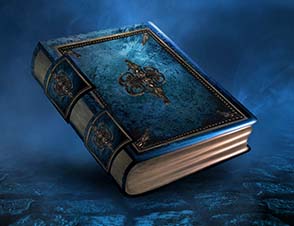English Nationals: Field of Broken Dreams
I played, as I have for the previous two years, at the English National Championships. I didn’t do as well as I’d hoped. Going into the event, I was ranked 12th in the country. Leaving the event, I presume I’m ranked considerably, and perhaps more realistically, lower.

